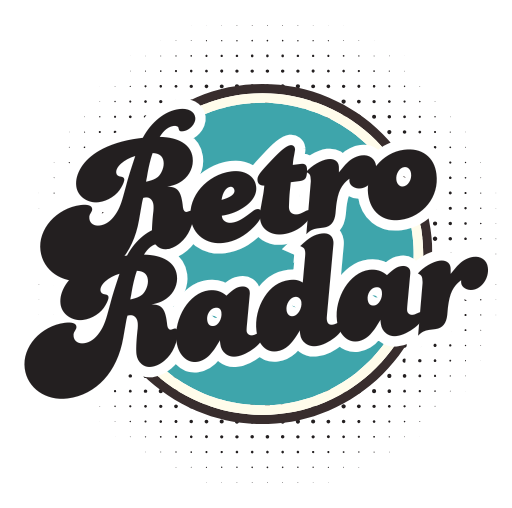13 Popular Baby Gifts from the Past That Would Be Unsafe Today
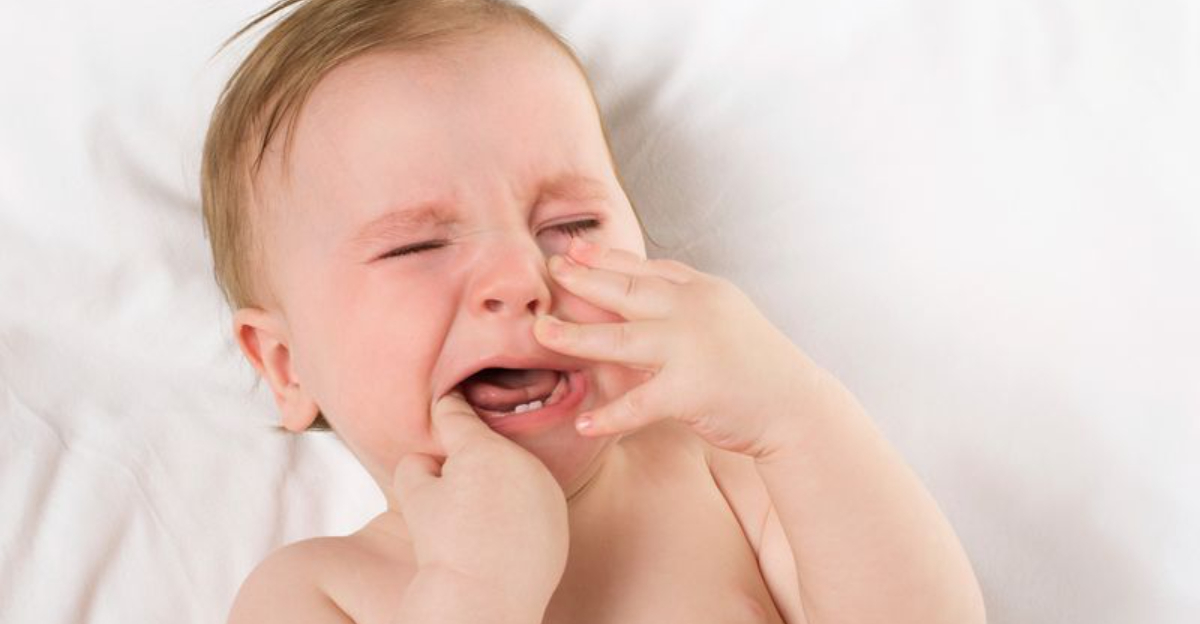
Once upon a time, baby gifts weren’t exactly designed with safety first in mind. From tiny choking hazards to toys that could double as fire starters, some of the most popular baby gifts from the past would send today’s safety regulators into a panic.
In this list, we’re looking back at 13 beloved baby gifts that, while once considered thoughtful and trendy, would never make it onto a modern baby registry.
Get ready for a mix of nostalgia, shock, and a newfound appreciation for today’s safety standards!
1. Lead-Painted Toys
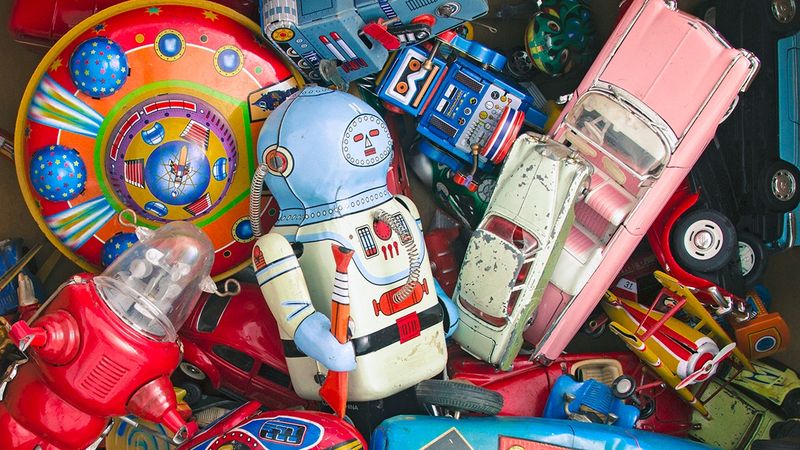
In the mid-20th century, brightly colored toys were a parent’s delight, capturing attention with vivid hues. These toys were often coated with lead-based paints, a common practice before the harmful effects were known.
Parents appreciated the vibrant aesthetics, unaware of the lurking danger. Today, we understand lead’s toxic impact on child development, leading to strict bans on its use in toys. These vintage pieces, once symbols of joy, are now cautionary tales of how safety regulations have advanced.
Reflecting on these toys reminds us of the importance of rigorous safety standards in today’s products.
2. Drop-Side Cribs
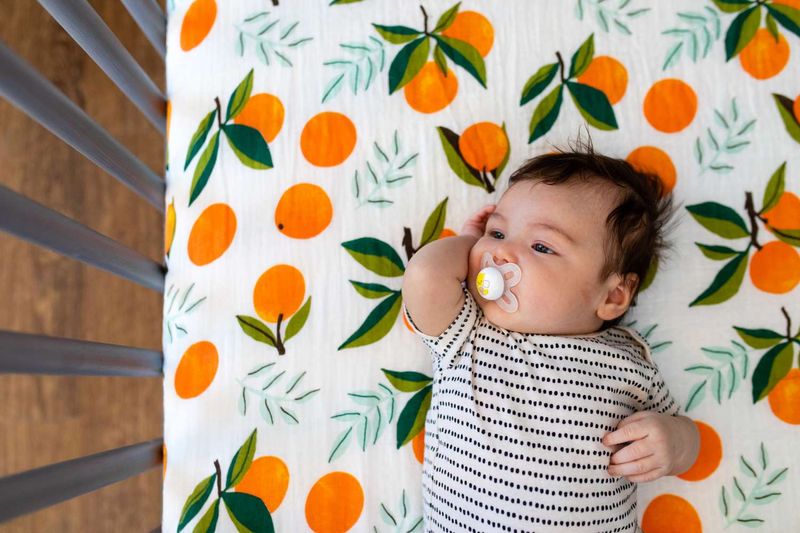
Drop-side cribs were a game-changer for parents, offering easy access to their babies with a simple slide. Popular in the 20th century, these cribs were loved for their convenience. However, the mechanism could fail, creating dangerous gaps.
Accidents and tragic incidents led to a re-evaluation of these cribs’ safety. Modern cribs now feature fixed sides, prioritizing stability and security. The disappearance of drop-side cribs from stores marks a significant shift towards ensuring infant safety, reminding us why regulations are essential.
These cribs serve as a reminder of how design priorities have evolved over time.
3. Vintage Baby Walkers
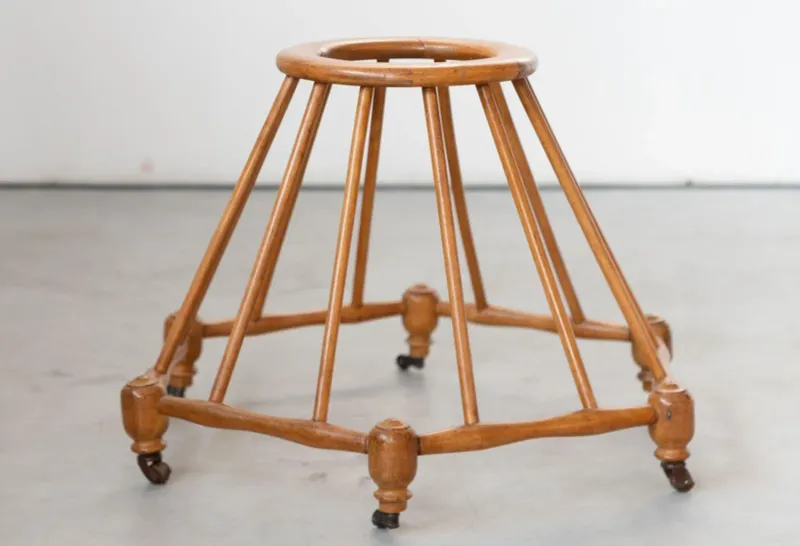
Once a staple in homes, baby walkers of the past allowed infants to zoom around before they could walk. Parents adored them for fostering independence. However, their potential for accidents was high, with risks of tipping over or reaching dangerous objects.
Modern research highlighted these hazards, leading to stricter safety standards and design improvements. Today’s walkers are more stable and secure, reflecting our commitment to child safety.
The evolution from vintage walkers to safer designs underscores the continuous improvement in baby product safety, ensuring that little ones can explore without unnecessary risk.
4. Teether Toys with Small Parts

Teether toys have long been favored by parents, offering soothing relief for teething gums. Earlier versions often included small, detachable parts, posing significant choking hazards. Parents cherished these teethers for their simplicity and effectiveness, unaware of the risks.
Over time, awareness of choking dangers prompted changes in design and manufacturing standards. Today’s teether toys are safer, using larger, non-detachable components that meet stringent safety guidelines.
The transformation of these toys reflects an increased understanding of child safety, ensuring that babies can find comfort without risk. This evolution highlights the progress in safeguarding infant health.
5. Bumper Pads

Crib bumper pads, once adored for their decorative appeal and promise of cushioning, are now largely discouraged. Parents loved the aesthetic and perceived safety benefits, believing they protected babies from crib injuries.
However, studies revealed risks of suffocation and entrapment, leading to a decline in their popularity. Modern guidelines recommend a bare crib for safer sleep. The shift away from bumper pads underscores the growing emphasis on safe sleeping environments for infants.
This change in practice reflects a broader understanding of infant safety and the importance of adapting to new research and standards.
6. Lead Baby Bottles
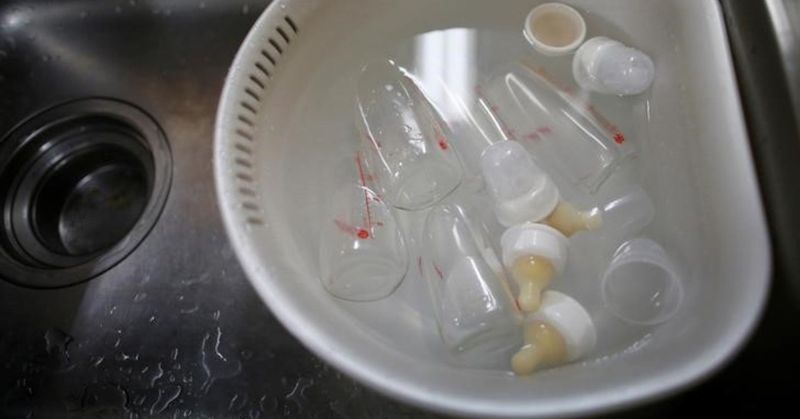
Mid-century baby bottles with lead caps were once the norm, praised for their durability and style. Parents appreciated their sturdy design, not realizing the potential lead exposure. As the dangers of lead poisoning became apparent, particularly its effects on children’s health, these bottles were phased out.
Modern baby bottles prioritize materials free from toxic substances, ensuring safe feeding. This switch marks progress in consumer safety regulations, highlighting an increased focus on health.
Reflecting on lead baby bottles showcases the advances made in product safety, emphasizing the importance of ongoing vigilance in materials used for infant products.
7. Baby Hammocks
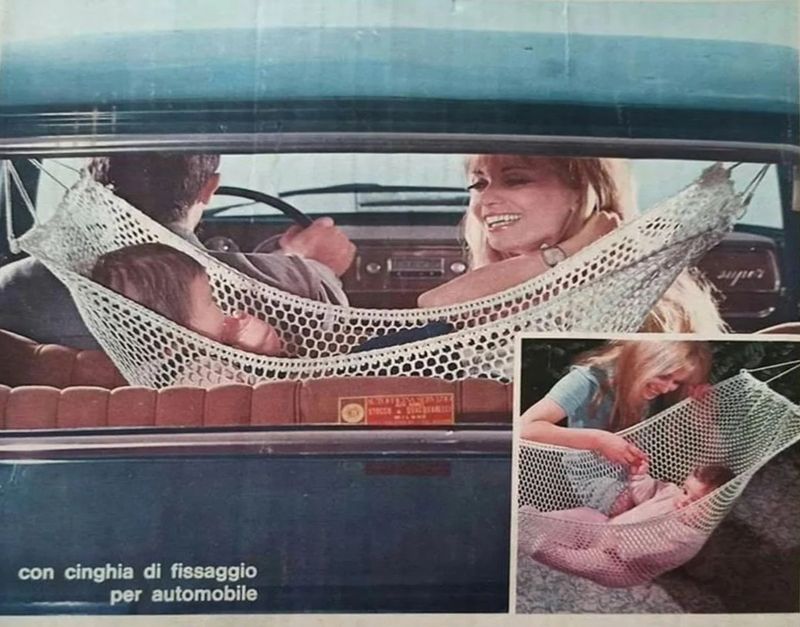
Baby hammocks, designed for gentle rocking, offered soothing sleep solutions for parents. The allure of a portable, comforting cradle made them popular in the 1970s. However, concerns about suffocation and unsafe sleeping positions led to scrutiny and eventual decline in use.
Modern safety standards emphasize firm, flat sleeping surfaces, rendering hammocks obsolete. The transition from hammocks to safer sleep environments reflects advancements in understanding infant sleep safety.
This change highlights how product design choices have evolved to prioritize a baby’s well-being, ensuring parents can rest easy knowing their child is safe.
8. Metal Teething Rings
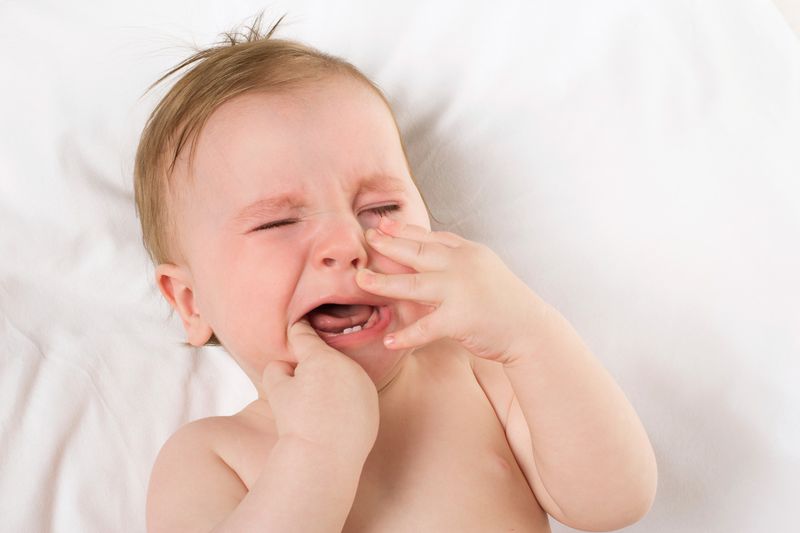
Once chic and durable, metal teething rings provided a soothing solution for teething babies. Their popularity stemmed from their longevity and ease of cleaning. However, these rings could cause mouth injuries or harbor harmful bacteria.
As safety standards progressed, softer, safer alternatives replaced metal rings. Today’s teething products are designed with child-friendly materials that minimize risks. The shift from metal to safer materials underscores a commitment to infant safety, reflecting broader changes in how we approach product design.
This evolution demonstrates progress in creating products that prioritize the health and safety of children.
9. Toy Chests with Heavy Lids
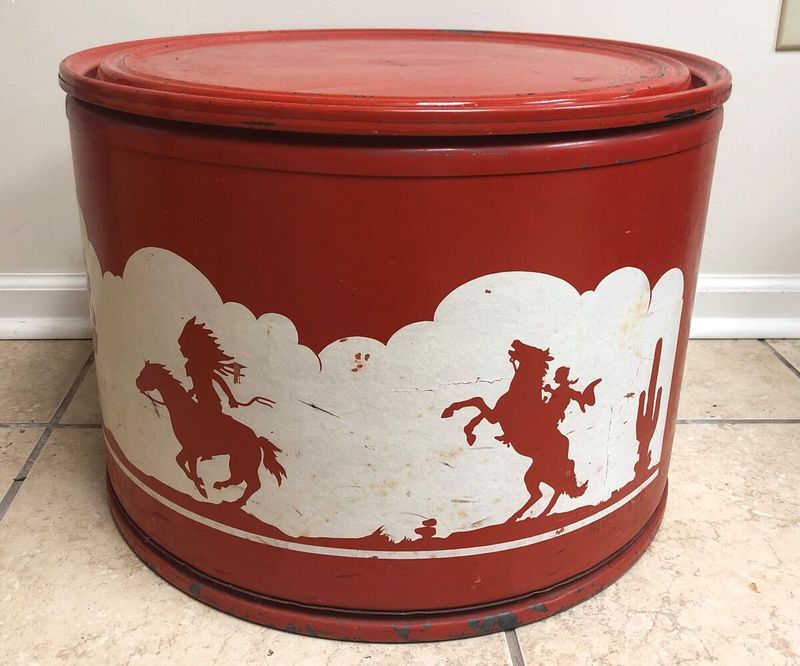
In the past, sturdy wooden toy chests were prized for their storage and aesthetic appeal. Parents appreciated their durability, often passing them down through generations. However, heavy lids posed significant risks, potentially trapping small hands or worse.
Increased awareness of these dangers led to redesigns incorporating safety hinges and lighter materials. Modern toy chests aim to prevent injuries, reflecting evolving safety standards.
The transformation of toy storage solutions highlights progress in product safety awareness, showcasing the balance between functionality and child safety. This change ensures that playtime remains joyous and accident-free.
10. Old-School Playpens
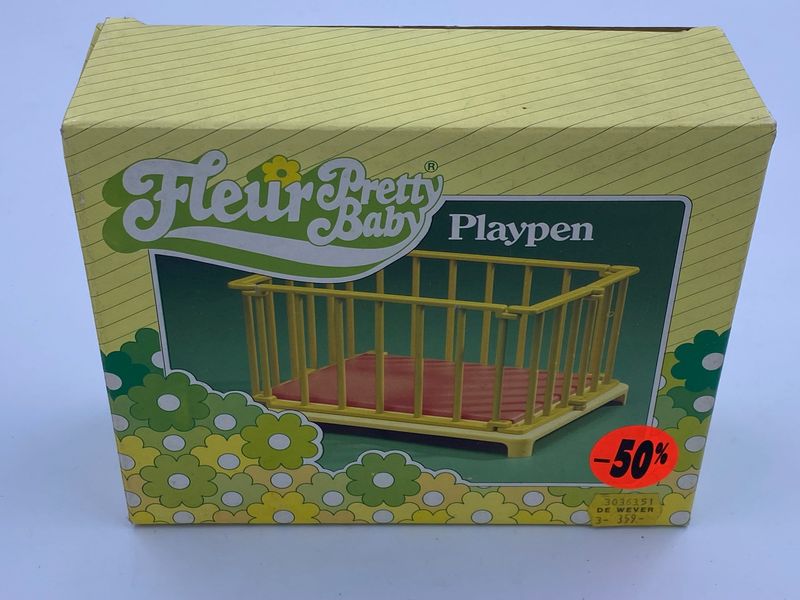
Playpens have provided safe spaces for babies to play over the decades. Mid-century designs featured metal frames and mesh sides, valued for their portability. However, these designs often lacked stability, posing tipping risks.
Improvements in design have led to safer, more secure playpens that comply with modern safety standards. The shift from vintage to contemporary playpens illustrates progress in child safety, ensuring toddlers can explore their world without unnecessary hazards.
Reflecting on playpen designs from the past underscores the importance of continued innovation in baby products, prioritizing both safety and development.
11. High Chairs Without Restraints
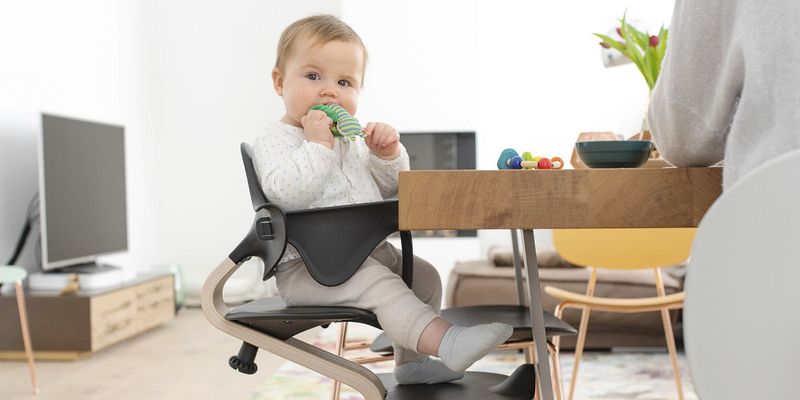
High chairs of yesteryear were admired for their sturdy construction and elegant designs. Parents loved their practicality but often overlooked the lack of safety restraints. This oversight posed significant risks, leading to falls and injuries.
Modern high chairs now include secure harnesses and adjustable features to enhance safety. The evolution from restraint-free to fully equipped chairs highlights advances in child safety standards.
These changes reflect a broader understanding of the importance of safety features in everyday products, ensuring mealtime is both enjoyable and secure for growing children.
12. Metal Playground Equipment
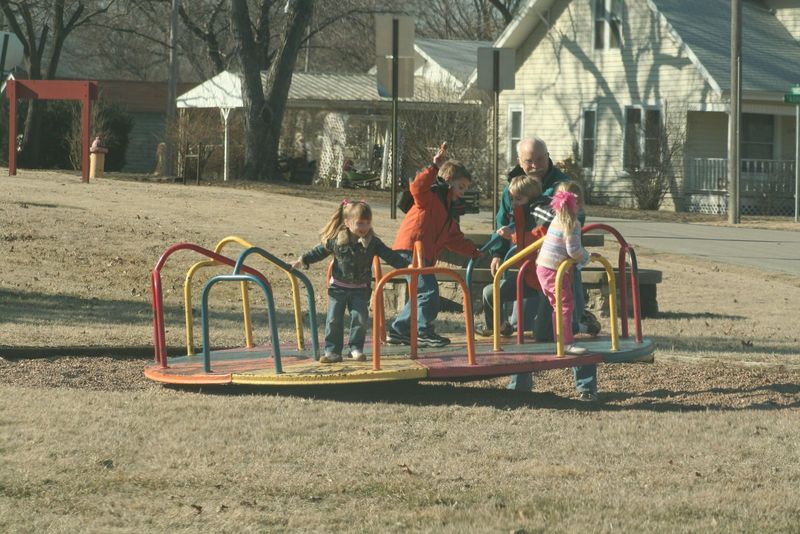
Metal playground equipment, a staple of past generations, was loved for its durability and nostalgic charm. Parents and children enjoyed the robust structures, unaware of the risks. Metal slides and jungle gyms could become dangerously hot and posed fall hazards.
Modern playgrounds favor safer materials, reducing injury risks while maintaining fun. The transition to safer playground designs reflects ongoing efforts to improve child safety and prevent accidents.
This evolution demonstrates the continuous adaptation of play spaces to ensure they are both enjoyable and secure, underscoring the importance of safety in children’s environments.
13. Stuffed Toys with Button Eyes
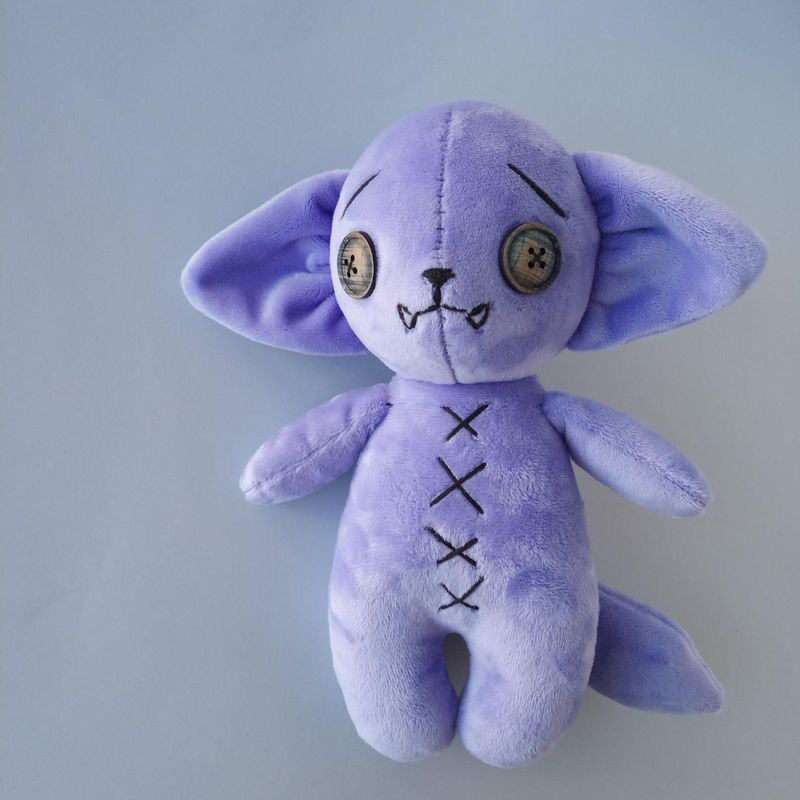
Stuffed animals with button eyes were beloved childhood companions, cherished for their charm and cuddliness. Parents adored these toys, not realizing the potential choking hazards posed by small, detachable parts.
As awareness of these risks grew, safety regulations mandated safer construction methods. Today’s plush toys feature embroidered eyes, ensuring they are both cute and secure. The shift from button to embroidered eyes emphasizes the importance of minimizing hazards in toys.
This change highlights progress in child safety standards, ensuring that comforting companions remain a safe and integral part of childhood development.
